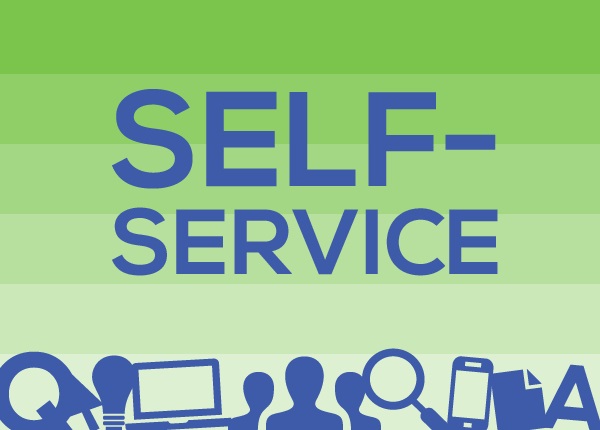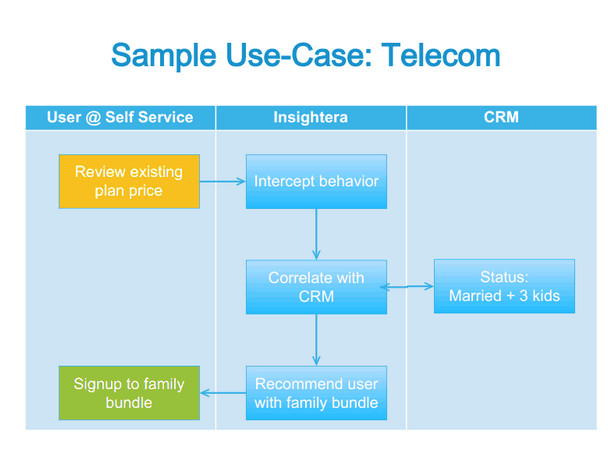
When we think web we tend to think about Google, Facebook, Twitter and Amazon but there is another type of web interaction that most consumers in the world tend to participate in: Online Self-Service applications. Yes, I know, it’s not as sexy as those other guys and you don’t spend your whole day there, but we all use these sites quite a bit when we review our bank account balance, check our loan status or insurance details, or compare the triple play plan we have to the one in the commercial we just saw.
It has been a well-known secret for quite a few years that online self-service has a tremendous amount of potential for businesses.
Gartner analyst John Jacobs reports that annual revenue in this sector has risen from $600 million in 2010 and 2011 to $1 billion in 2012 and that the market for web self-service is expanding by an average of $100 million annually. Often companies are lured into thinking these self-service support platforms will decrease costs, but this is only if they are easy to navigate, provide personalized real-time experiences, and provide a completely integrated system of billing, CRM, and online and offline support.
Certain B2C sectors, specifically telecom, finance and insurance companies, are experiencing what we call a “self-service challenge.” These sectors are classic examples of companies that have an online self-service center complementing their offline contact center and aim to provide customers better customer support. This is a must in today’s real-time culture where web and mobile interaction channels for customers are steadily increasing. At least 50% of customers will use two or more devices in their purchase process, and nearly one quarter of total website traffic came from mobile devices in the first quarter of 2013 – up 78% from 2012.
These channels also offer the perfect opportunity to correlate customer online behavior with their CRM profile and provide a special offer specifically suited to them right now while they are on your company website.
These online self-service centers are lauded as helping companies improve customer service, cut cost and increase potential sales opportunities. But unfortunately, these promises aren’t always delivered.
Why not? There are several major impediments for companies offering online self-service. One of the main challenges is simply the amount of data accrued from different sources. You have your billing system, a CRM, a large contact center system and hopefully some type of campaign management software, but they are not necessarily in sync. Even worse, companies often target these customers with unscalable manual campaigns, neglecting the importance of current behavior and the potential in leveraging predictive analytics to automatically create/serve offers.
Take the case of an insurance company. A customer is looking into how he can cash out on his insurance plan. Is he in financial trouble? Perhaps he needs a loan? This is an example of a type of digital behavior that can be tracked and reacted to with a content recommendation engine, providing this specific customer with information on loan offerings. That’s a double saving – the customer doesn’t cash out his policy, and you’ve upsold a customer with an additional service!
This content recommendation engine not only provides that specific customer with a real-time personalized campaign – it automatically correlates the digital behavior and online profile of that customer with similar digital behaviors and profiles and offers them the same content. Automatic, scalable campaigns!
Let’s take a closer of how this feature works for a telecom company, for instance. A customer comes to the site, trying to check his existing plan. He may be disgruntled after seeing a better plan offered in a TV ad, so he’s looking for a better deal than what he has. He logs into the site and his digital profile and behavior sync automatically with information from the CRM. Guess what? He’s a father of three, a great candidate for the family plan. It’s a much better deal than his existing plan.

By targeting customers with relevant real-time campaigns based on digital behavior and syncing this data with their online profile and CRM data, B2C companies can give customers a superior self-service experience. No more sending emails to customers who were interested in your plan last week or last month. Target them now while they are active and engaged on your website.



